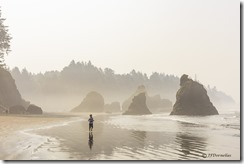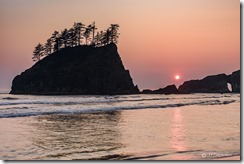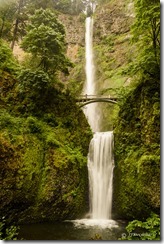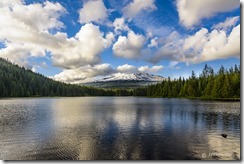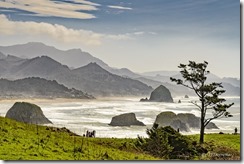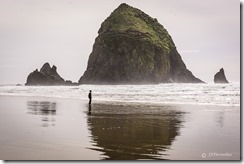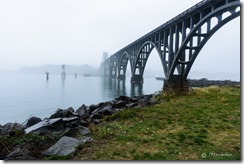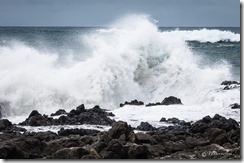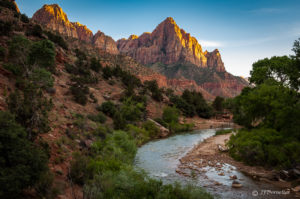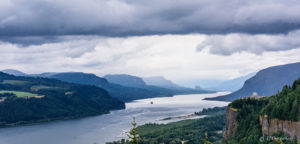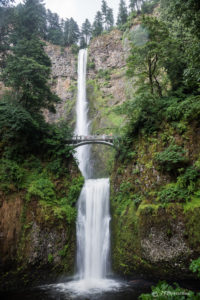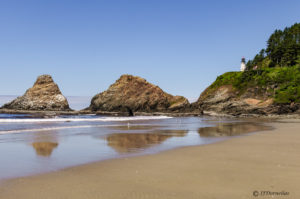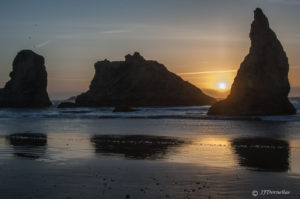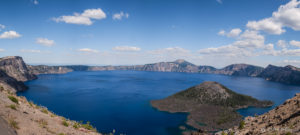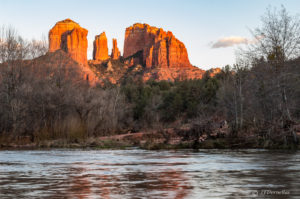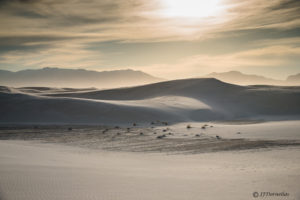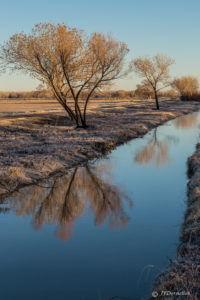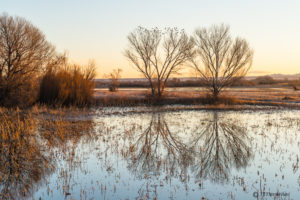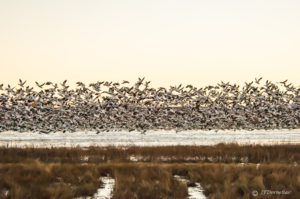Drove up to the Olympic Peninsula from Eugene Oregon to Port Angeles, Washington to spend a few days in Olympic National Park. The first day we stopped at the Hurricane Ridge Visitor Center to get the lay of the land and decided to hike the Hurricane Hill trail up to Hurricane Ridge for a view of the Olympic Mountain Range. The trail was a mile and a half long switchback trail with an average time to complete of one and a half hours due to a 700 foot rise in elevation. It was tough walking almost continually uphill but we made it to the top and had a spectacular view of the mountains and surrounding area.
Spent most of the day checking out different views of the mountains with a 360 degree view of the surrounding area. Since this was the only area which was ideal for photography in this part of the park we decided that we would travel the next day to Forks, Washington which is in the coastal area of the park. I was surprised to find that this area of Washington is home to many Native Americans; The Hoh, Ozette, Quileute and the Makan Tribes who reside on Reservations along the coast . There were quite a few beaches along the coast which are part of the park so we selected 3 to check out over the next two days; Second Beach, Rialto Beach and Ruby Beach. The first stop was Second Beach (there was a First and Third Beach) which was spectacular with many sea stacks of different sizes and shapes. Later in the day we went to Rialto Beach which was nothing special but we did stay to watch the sunset there. The next morning I went to check out Ruby Beach and it was very nice and quiet and I took many photographs of that beach. One of the issues over the days we spent in the park was the large number of forest fires in the area which made for hazy looking images, Ruby Beach looked eerie and I took the following image, that is mostly smoke and some fog:
We chose to photograph sunset at Second Beach on the last day there. The smoke took a little away form the sunset but I did get a decent shot with the large sea stack and an opening in the rocky jetty extending out from the beach. As with most of the beaches in Oregon, you have to climb over a large number of dead trees on all the beaches to get to the water. My estimate was that there was about 20 to 30 feet of logs to climb over to get to the actual beach, tough to maneuver with photographic equipment .
The only other area of interest in the park was the Hoh Rainforest but there was no way to drive through the park to get there. You would have had to go all around the park and reenter from the south to get to the rainforest. We chose to save that for another trip. All in all a great experience.

